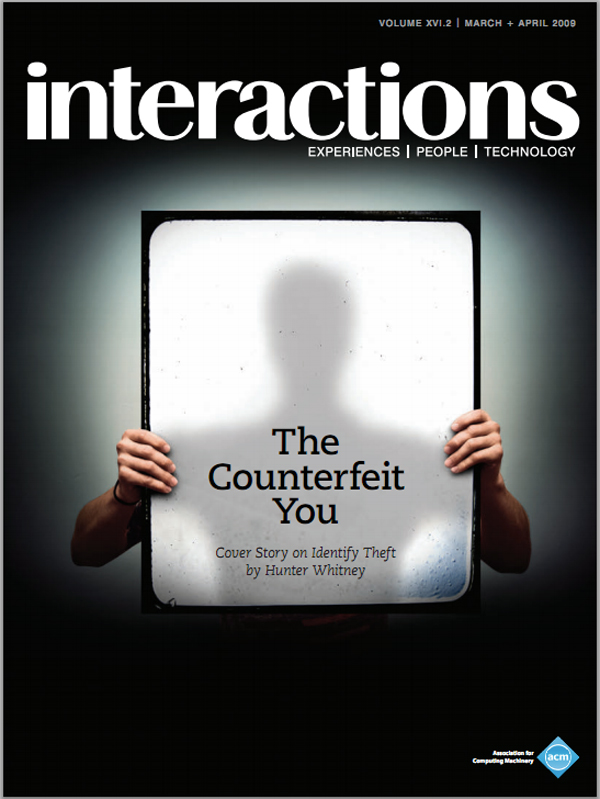Authors:
Alissa Antle
When I first read Paul Dourish, I was intrigued and compelled to learn more about the nature of embodied cognition. I was also interested in finding ways to apply embodied cognition to my research in child-computer interactionwhere goals often involve the facilitation of engaged and playful learning rather than supporting adult work practices. After reading several more books, numerous articles, and having many conversations with colleagues, I came to that familiar place in human computer interaction research where I asked, but how do I apply these ideas? I was reminded of a paper on physical affordances entitled, "But How,…
You must be a member of SIGCHI, a subscriber to ACM's Digital Library, or an interactions subscriber to read the full text of this article.
GET ACCESS
Join ACM SIGCHIIn addition to all of the professional benefits of being a SIGCHI member, members get full access to interactions online content and receive the print version of the magazine bimonthly.
Subscribe to the ACM Digital Library
Get access to all interactions content online and the entire archive of ACM publications dating back to 1954. (Please check with your institution to see if it already has a subscription.)
Subscribe to interactions
Get full access to interactions online content and receive the print version of the magazine bimonthly.







Post Comment
No Comments Found